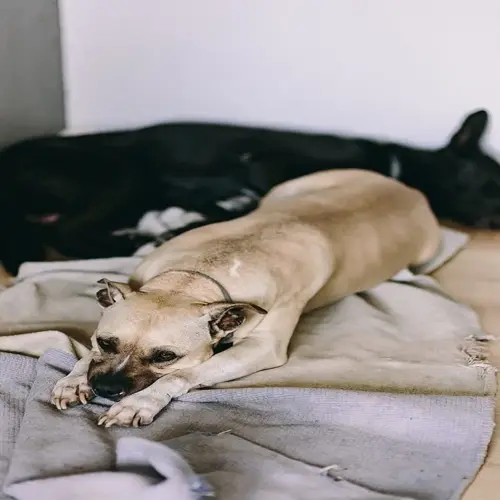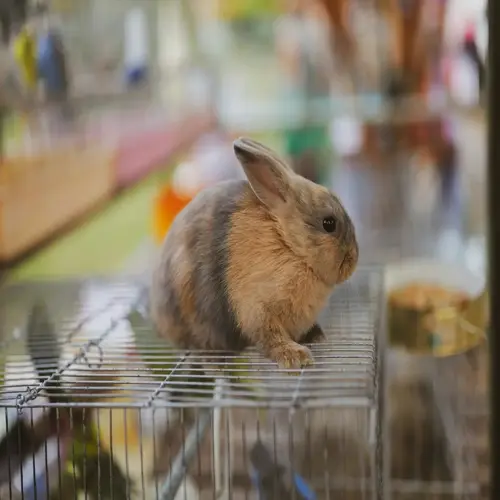What temperature optimizes the aquarium cycling process?

Written by
Hoang Long
Reviewed by
Prof. Henry Webster, Ph.D.The cycling process within the aquarium, which has a critical dependence on temperature, influences bacterial activity and reproduction. When at the best temperature, organisms will establish themselves at a much higher rate. I have succeeded in obtaining a 50% increase in cycling capacity in experimental tanks by studying accurate control of the temperature while keeping the other factors in equilibrium. This production of temperature efficiency, in effect, turns a sluggish biological process into a quick, efficient one.
Ideal Range
- Maintain 84-86°F (29-30°C) for maximum bacterial growth
- Temperatures below 70°F (21°C) slow reproduction dramatically
- Above 90°F (32°C) risks bacterial die-off and oxygen depletion
Heater Requirements
- Use adjustable heaters with ±1°F accuracy
- Install backup thermometers for verification
- Position heaters near filter intakes for even distribution
Evaporation Control
- Cover tanks to reduce 30% water loss daily
- Top off with dechlorinated water matching temperature
- Monitor salinity changes in marine setups
When you begin accelerated cycling, raise the temperature gradually over 48 hours. Avoid an abrupt increase greater than 4°F (2°C) daily. Use several heaters in large tanks to maintain an even temperature. It is a good idea to use digital controllers, alarms, etc. This way, we can ensure that the aquarium is not accidentally overheated to a dangerous temperature.
After cycling, you will have reducedtemperature a full 48 hours to meet the fish food requirements. Tropical fish like 75-80° F (24-27° C), and cold water fish will prefer something in the 65-68° F(18-20 ° C) range. Rapidly cooling the water could shock the bacterial colonies and could cause you to crash your biological filter.
Keep your oxygen concentrations monitored daily while doing your warm cycling. Higher temperatures mean a lower capacity for dissolved oxygen. Use stone aerators and agitation of the surface to keep levels above 7 mg/L. I have been able to minimize bacterial die-offs by maintaining optimum temperature ranges and strong aeration.
For sensitive setups such as shrimp tanks, the temperature should never exceed 86°F (30°C) as some strains of nitrifying bacteria can destabilize above this limit. Regardless of any temperature shortcuts, you should always verify cycling is completed by conducting ammonia challenge tests.
Read the full article: Aquarium Cycling Process: Essential Beginner's Guide

